Accountability Dashboard September - December 2021
Listening, learning, and reporting back to our community.
Accountability Dashboard September - December 2021
The IBR Accountability Dashboard is a transparency tool designed to share engagement metrics and hold the program accountable to the public. Ongoing and inclusive community engagement is critical to identify a solution that balances differing regional perspectives and best serves the complex needs of the variety of users. The metrics below are the results of community engagement efforts conducted from September - December 2021. Additional engagement opportunities will continue throughout the life of the program.
Listening
Meetings Held
31
September - December 2021
Meetings held include advisory committee meetings and broader community meetings.
Website Visitors
16,335
September – December 2021
An anonymous website metric which tracks users visiting a website. This metric includes new users and returning visitors.
Social Engagements
30,000+
September – December 2021
Advisory Committee Meeting Engagement
September – December 2021
Live attendance is in reference to committee members, the advisory group members and other attendees. YouTube viewers are those who viewed the meeting from YouTube either during the presentation or at a later time/date. These numbers are reflective of the advisory group meetings from September-December 2021.
| Group | Meeting Attendance | YouTube Viewers |
|---|---|---|
| Executive Steering Group | 90 | 496 |
| Equity Advisory Group | 45 | 287 |
| Community Advisory Group | 144 | 299 |
| Community Working Group | 121 | 666 |
Listening Session Participants
307
September – December 2021
The IBR program hosted 12 listening sessions between September and December 2021. Sessions were centered around particular topics and communities in order to solicit meaningful feedback: Downtown Vancouver, Active Transportation, Sustainability and Climate, BIPOC, People Living with a Disability, Houseless Individuals and Families, Older Adults and four sessions held in languages other than English. Participants shared their experience traveling through the program area, transportation concerns and input on what would improve their experience.
Outreach to Organizations
300+
September – December 2021
Direct outreach to 300+ organizations, including in-person canvassing to 35 locations.
Community Working Groups
4
September – December 2021
A total of 81 community members agreed to participate in four Community Working Groups: Active Transportation, Downtown Vancouver, Hayden Island/Marine Drive, and Multimodal Commuter. Each group met twice between September and December 2021, plus one orientation meeting. Participants discussed their experience traveling through the IBR program area, priorities for a replacement solution, and feedback regarding current design options.
Community Outreach Partners
11
September – December 2021
The program partnered with 11 community-based organizations to extend our outreach to equity priority communities throughout the program corridor.
Community Based Organizations:
Activate Inclusion
NW Association for Blind Athletes
Partners in Careers
Washington Advocates of the Deaf and Hard of Hearing
The Street Trust
Next Up!
Coalition of Communities of Color
Somali American Council of Oregon
Unite Oregon
Brown Hope
Slavic Community Center of NW
Newsletter Subscribers
6,756
Subscribers year-to-date
Accessibility
September – December 2021
| Caption Services | Total |
|---|---|
| Accessibility Test Panel | 1 |
| Meetings with captions | 31 |
| Meetings with ASL | 19 |
| Documents Remediated | 81 |
The program worked closely with one of our community-based organization partners, Activate Inclusion, to hold an ADA compliance workshop. The workshop included 6 members with different impairments and testing tools to test the survey platform. The panel resulted in the following:
- Created new descriptions for the community to better understand the design options
- Developed a specific survey for the ADA community, coded and developed specifically for the screen reader software utilized by the community
- Developed a 3d model that is a cross-section of the design options for the river crossings that you can touch, feel and interact with
- Printed raised maps of design options
The program provided ASL interpretations and closed captioning for public meetings and events.
Documents and meeting presentations are remediated and made ADA compliant before posting to our website.
Listening Session Participants
September – December 2021
The IBR program hosted 12 listening sessions between September and December 2021. Sessions were centered around particular topics and communities in order to solicit meaningful feedback: Downtown Vancouver, Active Transportation, Sustainability and Climate, BIPOC, People Living with a Disability, Houseless Individuals and Families, Older Adults and four sessions held in languages other than English. Participants shared their experience traveling through the program area, transportation concerns and input on what would improve their experience.
|
Session |
# of participants |
|
BIPOC |
55 |
|
Youth & lower income |
129 |
|
People with disabilities |
30 |
|
Multilingual |
93 |
|
Total Participants |
307 |
Comments Received
1,853
September - December 2021
Media Stories
42
September - December 2021
Media stories generated by the IBR program between September and December.
Learning
Design Options
The program is seeking feedback from its Community Advisory Group, Equity Advisory Group and Executive Steering Group, in addition to the eight partner agencies, with the goal of receiving approval in July 2022. An update on progress, including the detail of the Modified LPA, is due from the Washington members of the bi-state legislative committee to the Washington State Legislature by August 1, 2022. The goal is to identify a Modified LPA by summer 2022 to submit for environmental review. During the environmental review phase, the IBR team will continue to advance a preliminary design, acquire permits and update the cost and funding analysis. Construction is estimated to begin in late 2025.
Equity Advisory Group Highlights
- Reviewed and discussed high-capacity transit investment options, technical, and equity measures developed to better understand how the options perform relative to each other, and initial findings of technical and equity analysis.
- Began development of an accountability tool that will be used to demonstrate how the Equity Framework is being implemented throughout the program.
- Discussed how the program can ensure high-capacity transit investments contribute to equity objectives. Recommendations include incorporation of universal design principles, ensuring transit mode selected does not further displace or cause harm to equity-priority communities, hire locally and within low-income communities, ensure job training opportunities are in place before construction begins, and work with program partners to incorporate equity objectives into ongoing operations after bridge construction ends.
Community Advisory Group Highlights
- Discussed the process for reaching a Draft Modified Locally Preferred Alternative (LPA) and how the group will provide feedback on key components.
- Looked at for high-capacity transit investments and emphasized the need to focus on equity, travel efficiency and reliability, and a data-informed process.
- Evaluated Hayden Island/Marine Drive design options and shared their desire to hear from the freight community, view more data related to travel times, congestion, and cost, and learn more about how an interchange footprint will impact the Hayden Island community.
- Reviewed their role in the approval process of the Draft Modified LPA, voted on their top values to use as evaluation criteria in considering design components, and ranked which design components to prioritize for review and consideration. Transit options ranked highest, followed by number of auxiliary lanes.
- Reviewed and discussed transit investment options, technical and equity measures developed to better understand how the options perform relative to each other, and initial findings of technical and equity analysis.
Bridge Stories
What’s your story?
We want to hear your experience using the bridge, what the bridge means to you and the benefits a replacement bridge could provide.
Send your story to info@interstatebridge.org. | View more bridge stories.
What we've heard and how we're responding
We've heard the community values low-barrier engagement options and the opportunity to have meaningful conversations with the program.
We've heard community members are interested in learning more about the program's design process and sharing their feedback.
We’ve heard social media is one of the preferred ways our community would like to be engaged.
Reporting
The program will continue to share accountability reports and develop additional reporting metrics. The most recent accountability reports include the 2021 Program Progress Report and 2021 Community Engagement Reports. The 2020 Conceptual Finance Plan provides an early and high-level overview of initial estimated funding and financing needs and potential sources.
Current reports are listed to the right. For more information, visit our library.
Bi-state and Legislative Reports
2021 Legislative Progress Report
2020 Conceptual Finance Plan
2020 Legislative Progress Report
Community Engagement Reports
2021 Fall Community Engagement Report
2021 Spring Community Engagement Report
Program Timeline
The program is utilizing past work as appropriate to maximize past investment and support efficient decision-making, while also taking into account changes that have occurred since the previous planning process to identify a solution that meets current and future community needs and priorities. The IBR program will work with the community, as well as local, state, federal and tribal partners to complete the following work in the coming years:
- Complete the environmental review process
- Obtain state and federal permits
- Finalize program design
- Develop a finance plan
- Secure adequate funding
- Complete right-of-way acquisition
- Advertise for construction
The program is working with partners to identify what has changed and what design options should be considered through a transparent, data-driven process to address these changes and identify an IBR solution that best meets the needs for the region. The IBR solution will be submitted to federal agency partners at the Federal Highway Administration and Federal Transit Administration as part of a re-evaluation required under the National Environmental Policy Act. The re-evaluation will document the extent of new impacts based on the changes recommended to determine the next steps in the federal environmental process.
Based on the current estimated schedule, the program anticipates beginning the construction phase of the program in 2025. The following chart provides an overview of the target timeline goals for the general buckets of work that need to be completed to begin construction. Community and stakeholder engagement will continue through construction.
| Category | Start Date | End Date |
|---|---|---|
| Program Launch | Fall 2020 | Winter 2021 |
| Planning | Fall 2020 | Winter 2022 |
| Environmental | Summer 2021 | Winter 2024 |
| Pre-Construction | Winter 2024 | Summer 2025 |
| Community Engagement | Fall 2020 | Summer 2025 |
Disadvantaged Business Participation Goals
Through January 2022*
Disadvantaged Business Enterprise (DBE) are for-profit small business concerns where socially and economically disadvantaged individuals own at least a 51% interest and also control management and daily business operations.
| Contractual Obligation | Program Goal | Current Participation |
|---|---|---|
| 15% | 20% | 18% |
Current Funding Sources
* An additional $1 billion is dedicated through the Move Ahead WA transportation package for future work to complete construction.
Oregon: $45,000,000*
Washington: $ 45,000,000**
Funding Source notes:
* – CFDA 20.205, title Highway Planning and Construction, Federal Aid Highway Program Funds.
** – WA State Motor Vehicle account funds.
An additional $1 billion is dedicated through the Move Ahead WA transportation package for future work to complete construction.
Current Expenditures
Expenditures Through December 2021*
| IBR Program Work | Spent through December 2021* |
| WSDOT | $2,123,139.35 |
| ODOT | $1,053,332.58 |
| General Engineering Consultant** | $30,517,483 |
| Intergovernmental Agreements | $164,878.99 |
*Spending reflects all costs associated with program work since efforts were reinitiated in July 2019, including labor, equipment, and expenses
**General Engineering Consultant figure reflects costs incurred for work performed through the date indicated
GEC Expenditures Through December 2021 by Category
Expenditures Through December 2021*
|
Description |
Expenditures Through December 2021 |
|
Program Management |
5,051,056 |
|
Program Controls |
3,804,393 |
|
Financial Structures |
972,216 |
|
Communications |
6,019,500 |
|
Transportation Planning |
2,082,007 |
|
Environmental |
2,888,834 |
|
Transit Planning/Engineering |
2,366,400 |
|
Design Engineering |
4,552,633 |
|
Major Structures |
1,749,641 |
|
Direct Expense |
1,030,803 |
|
Grand Total |
30,517,483 |
Consultant Representation by Geographic Area
Through January 2022*
PNW firms are firms with offices in OR and WA, that are not in the Portland/Vancouver region.
List of current subconsultants (as of January 2022) WSP USA, Parametrix, Inc., PointNorth Consulting, Espousal Strategies, Otak, Inc., GKM dba/Amico Public Relations, Triunity, Inc., Emerio Design, LLC, Zimmer Gunsul Frasca Architects LLP, Willamette Cultural Resources Associates, Ltd, IML Services LLC, Group AGB, LTD, Shannon & Wilson, Inc, Alta Planning + Design, Inc., Wolf Water Resources: Cooper Zietz Engineers, Steven M. Siegel, Thuy Tu Consulting, LLC, Knight Architects Limited, Ott-Sakai & Associates, LLC, Epic Land Solutions, Inc., Armeni Consulting Services, LLC
Previous Accountability Dashboards
Accountability Dashboard V.2 June - August 2021
Accountability Dashboard V.1 January - May 2021

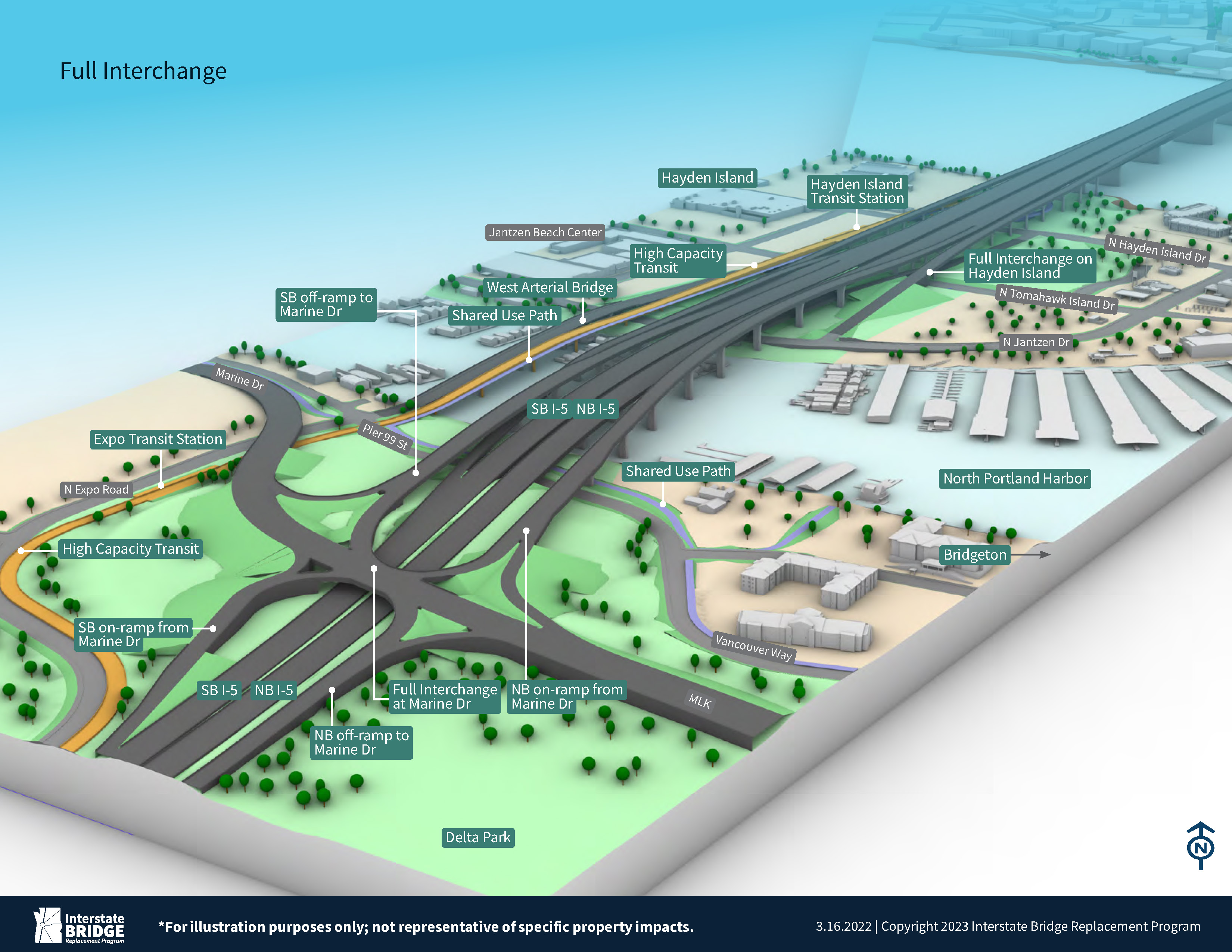
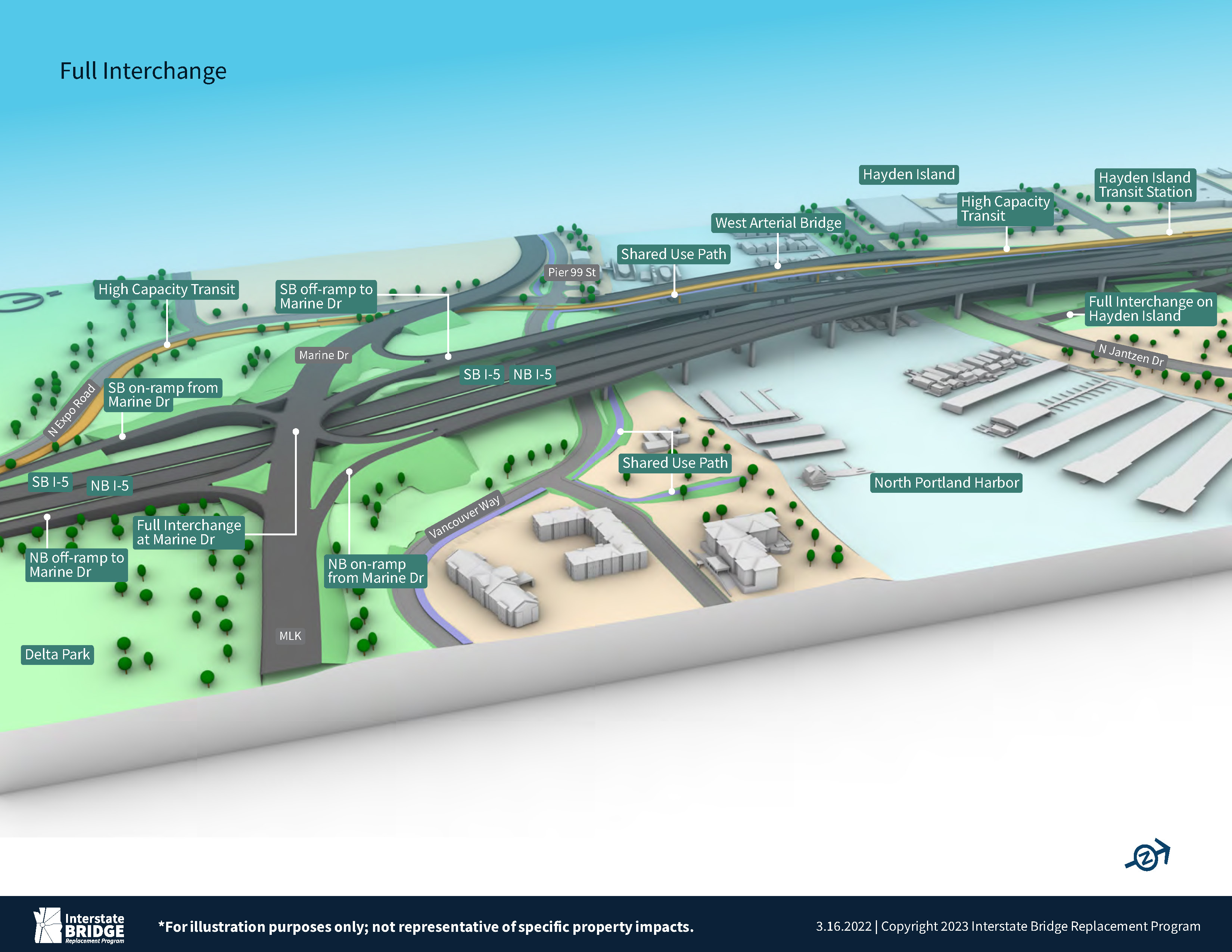
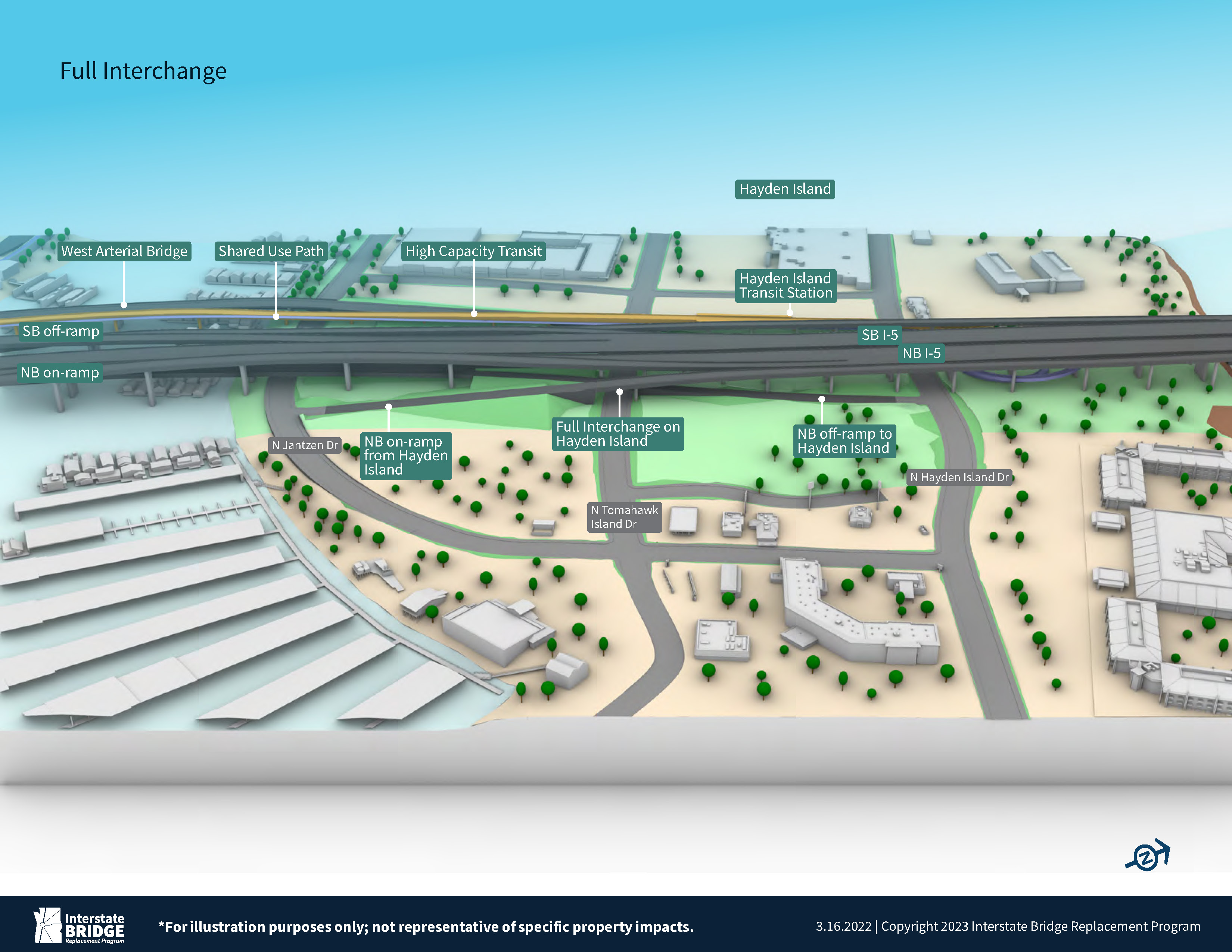
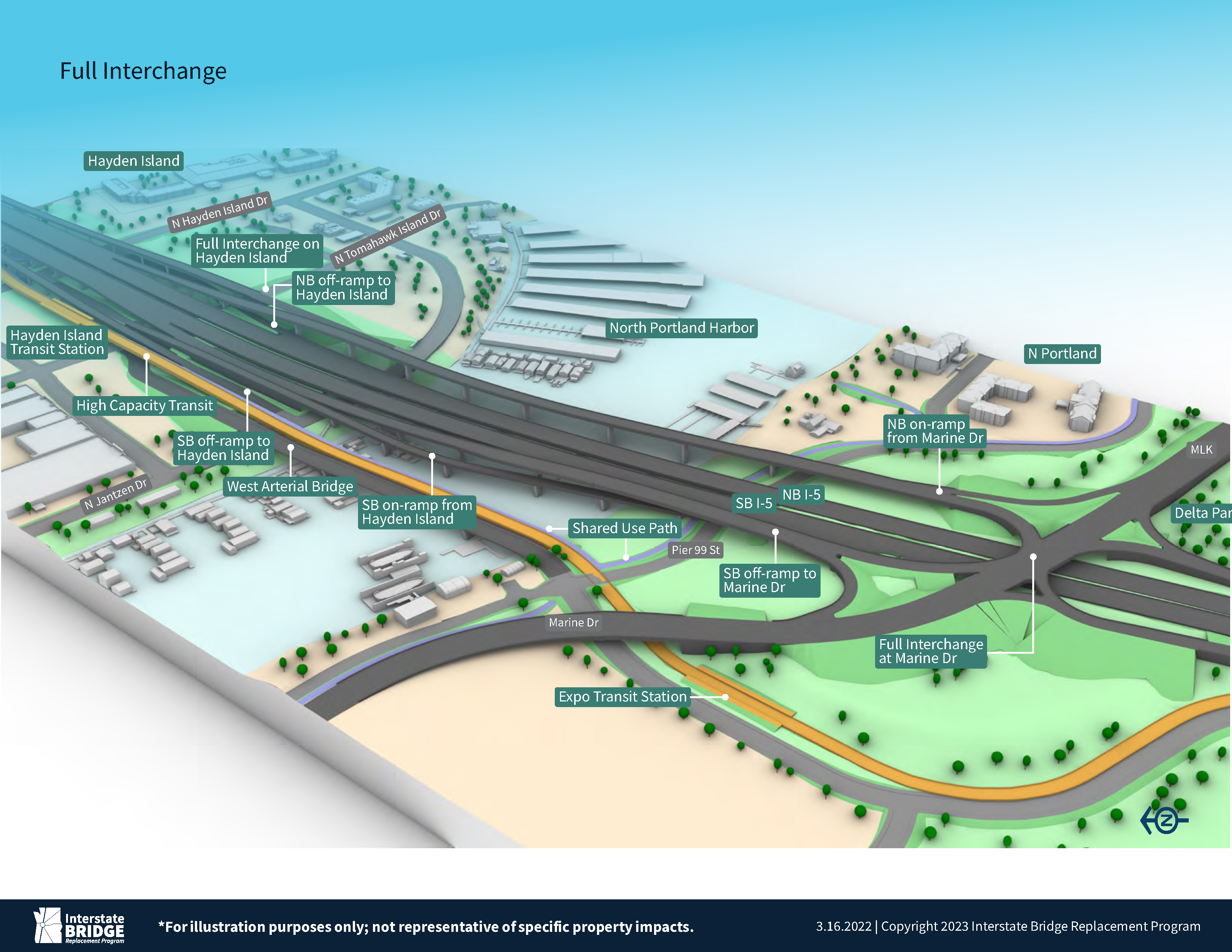

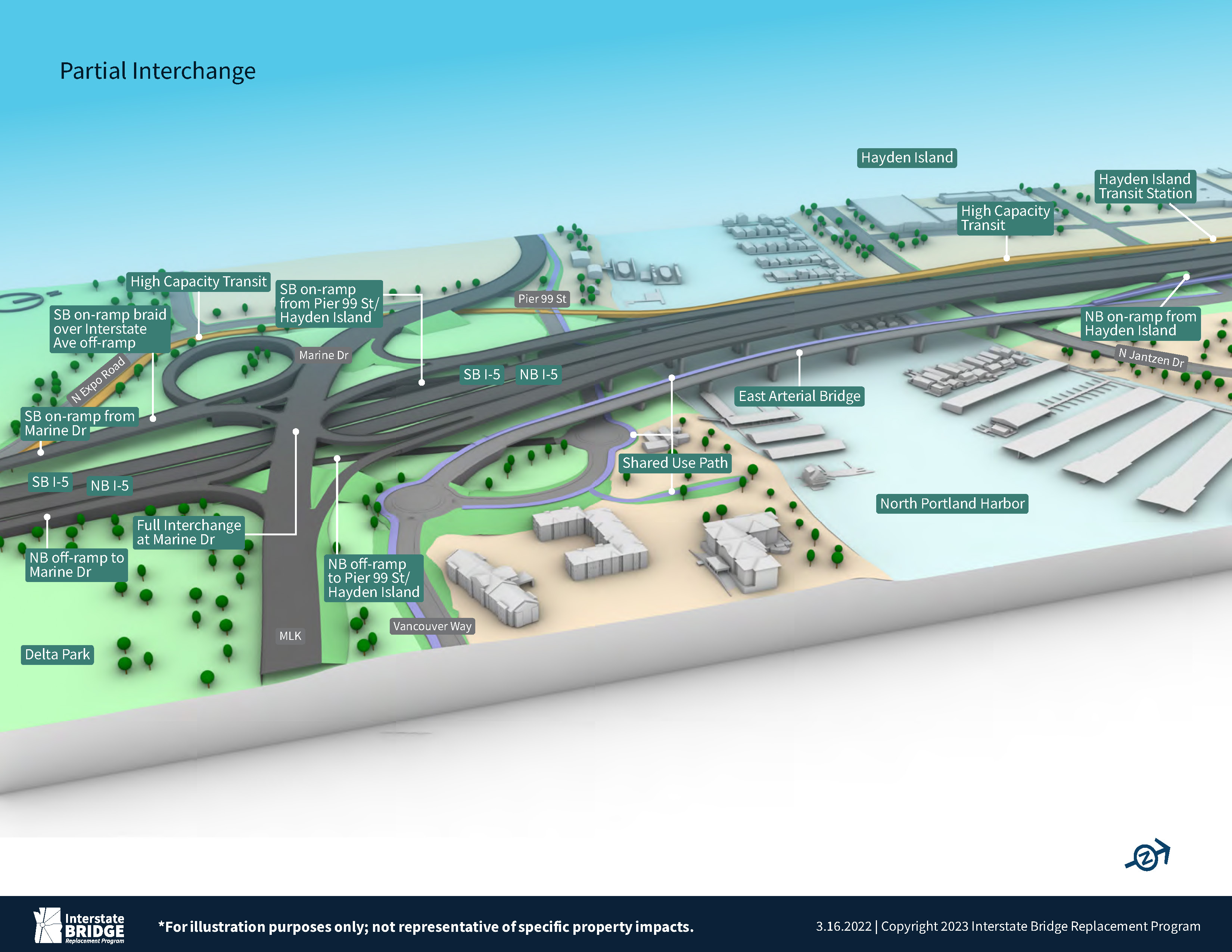
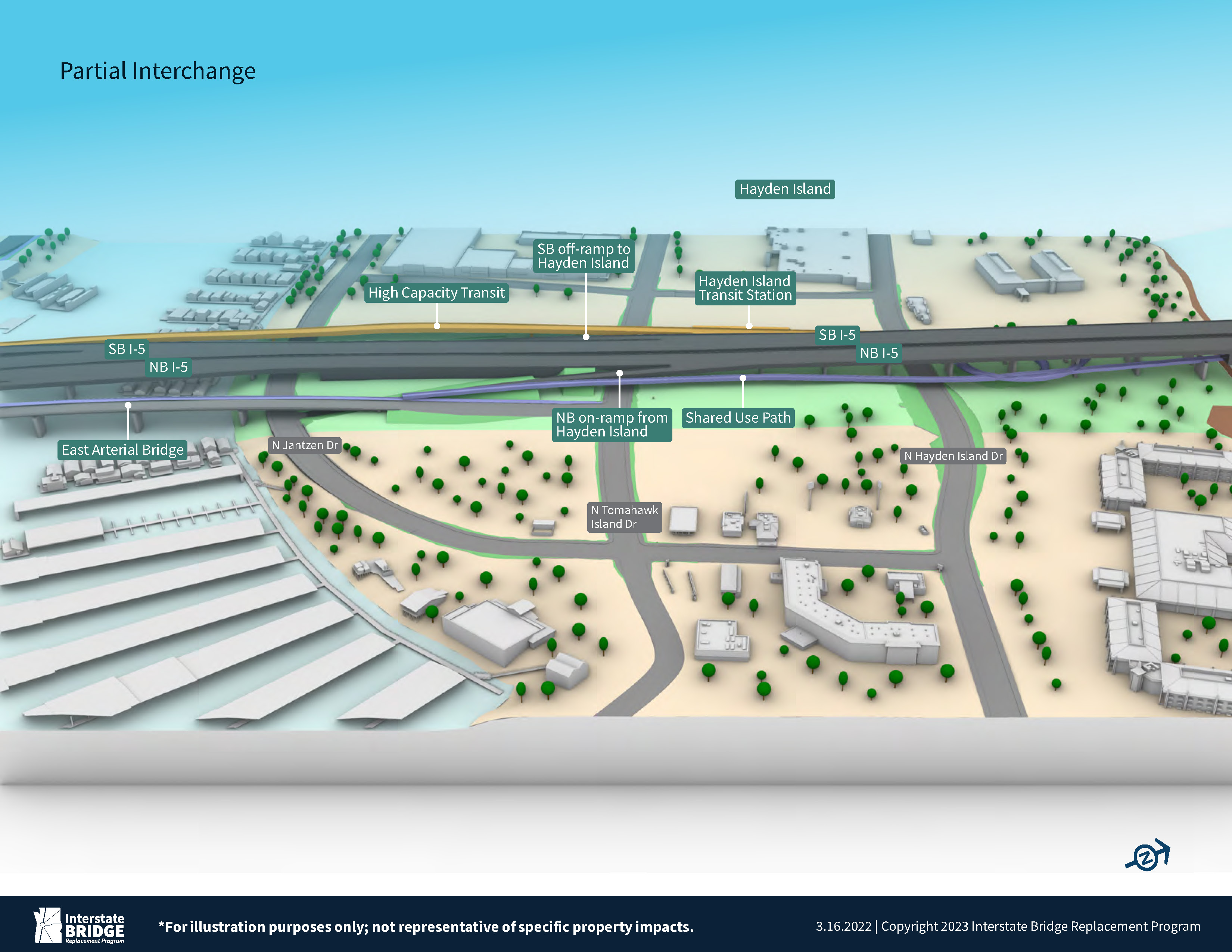
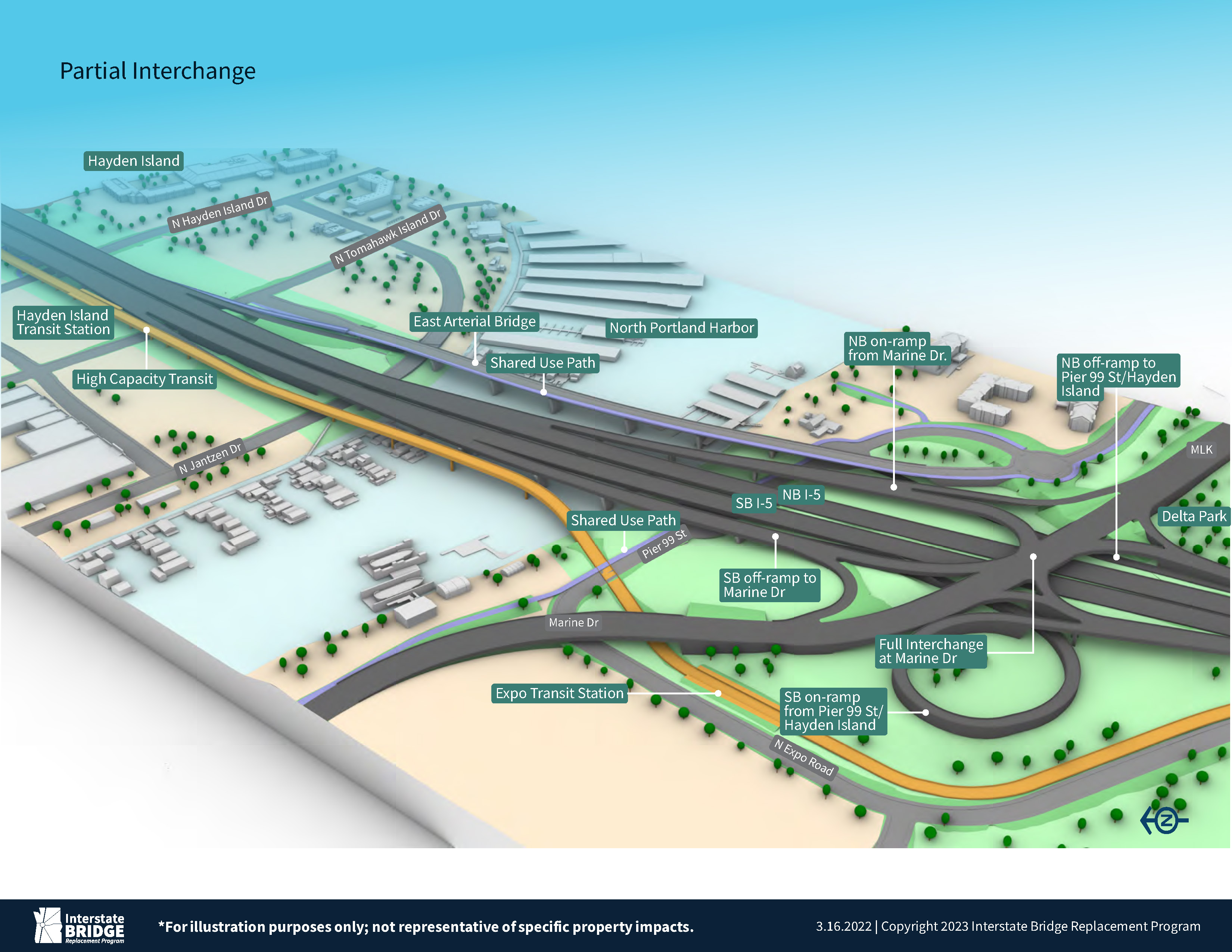

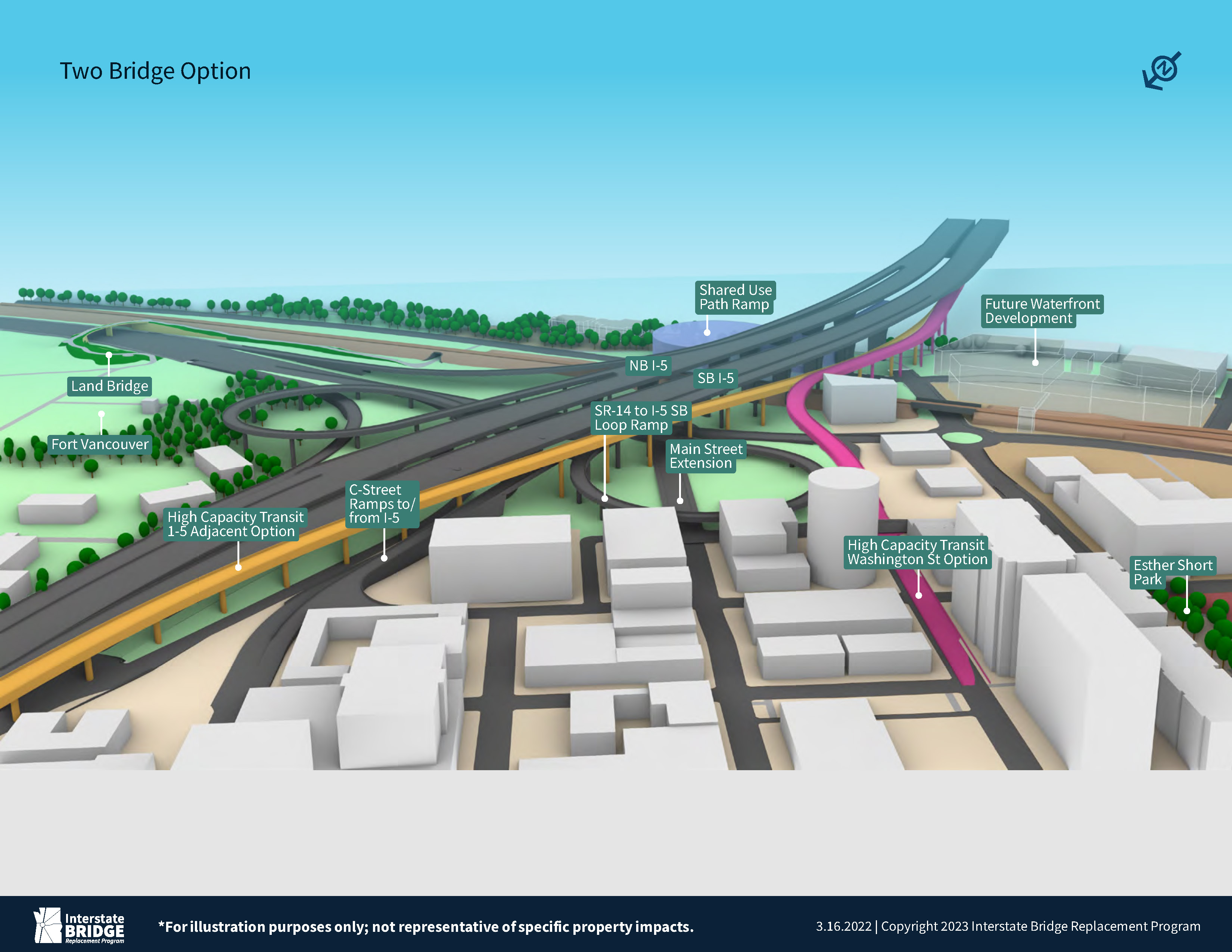
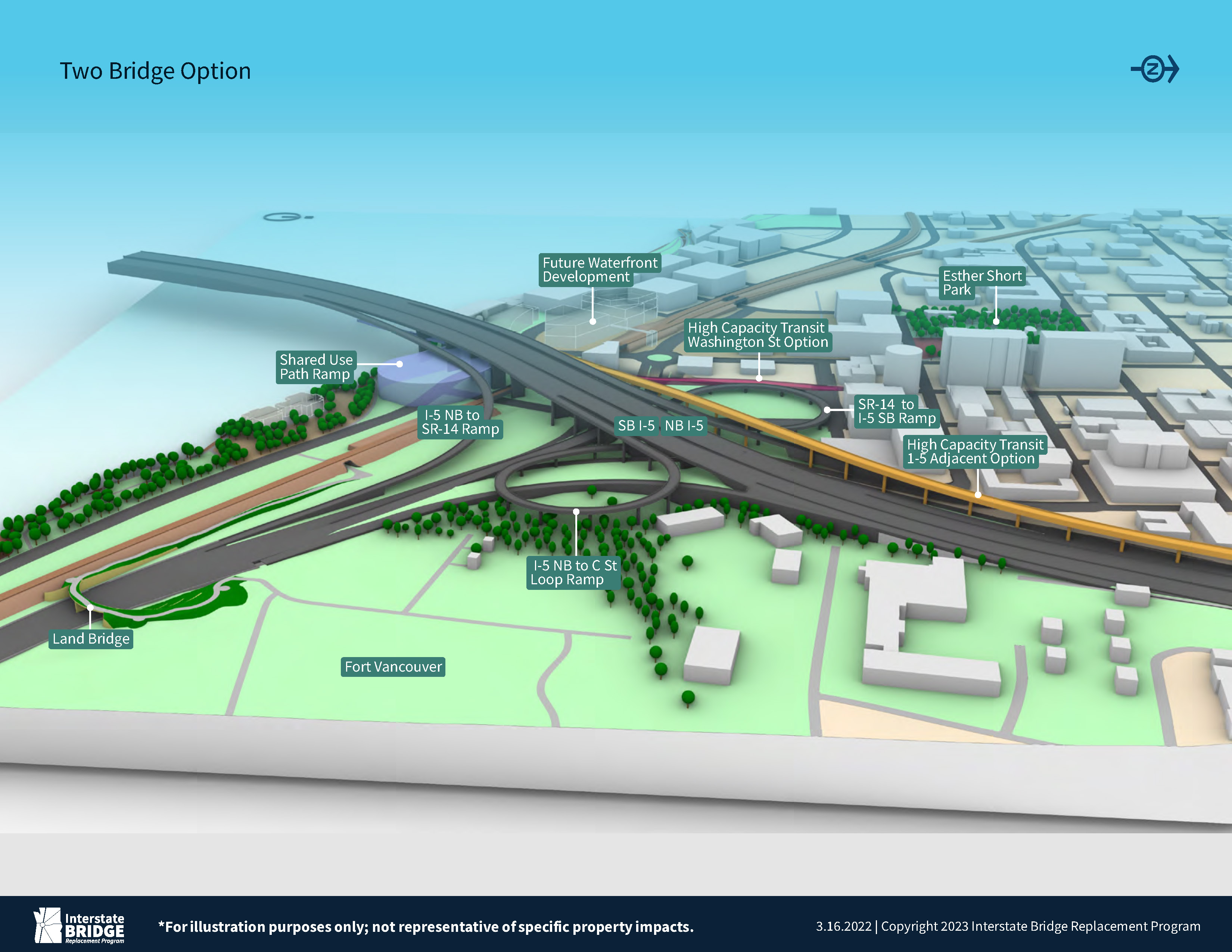
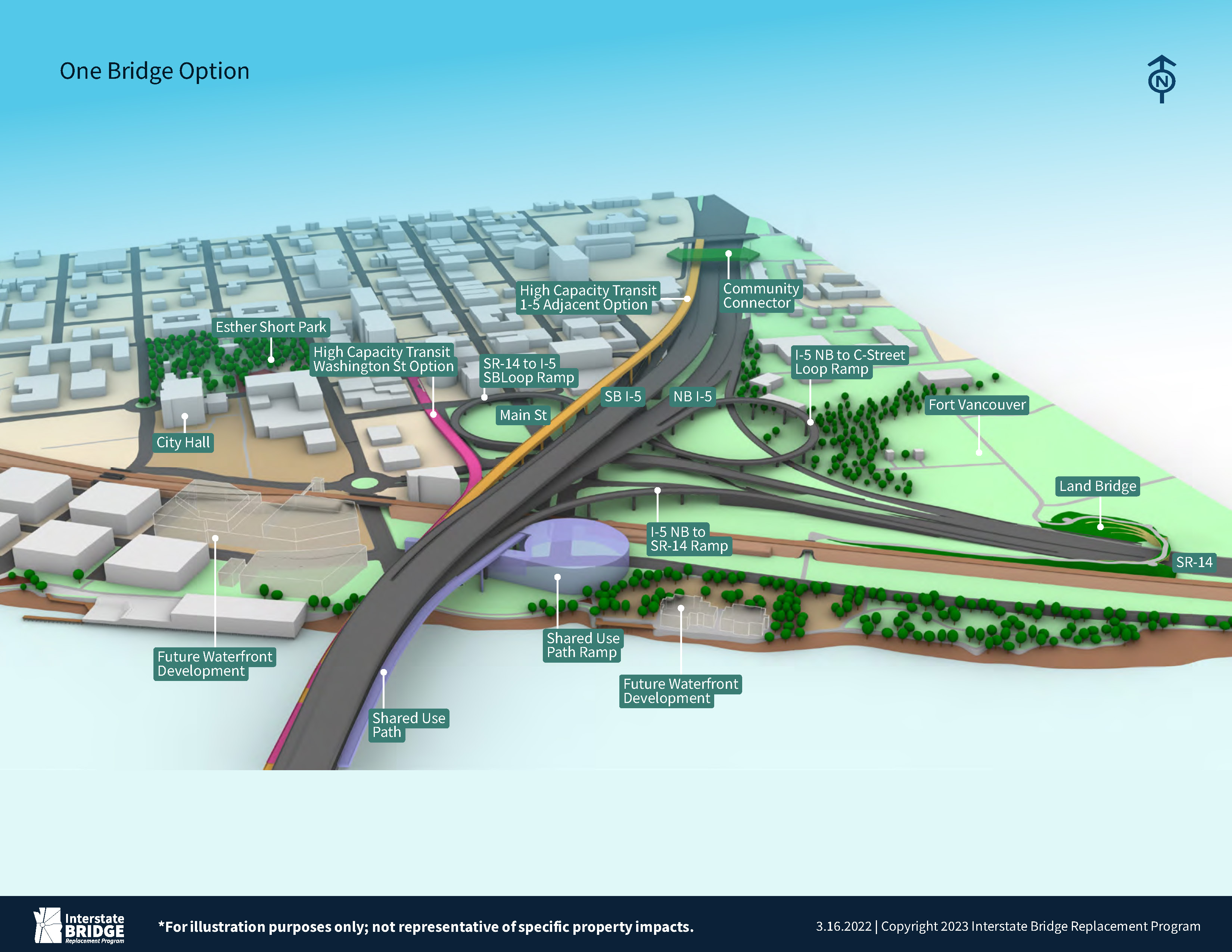
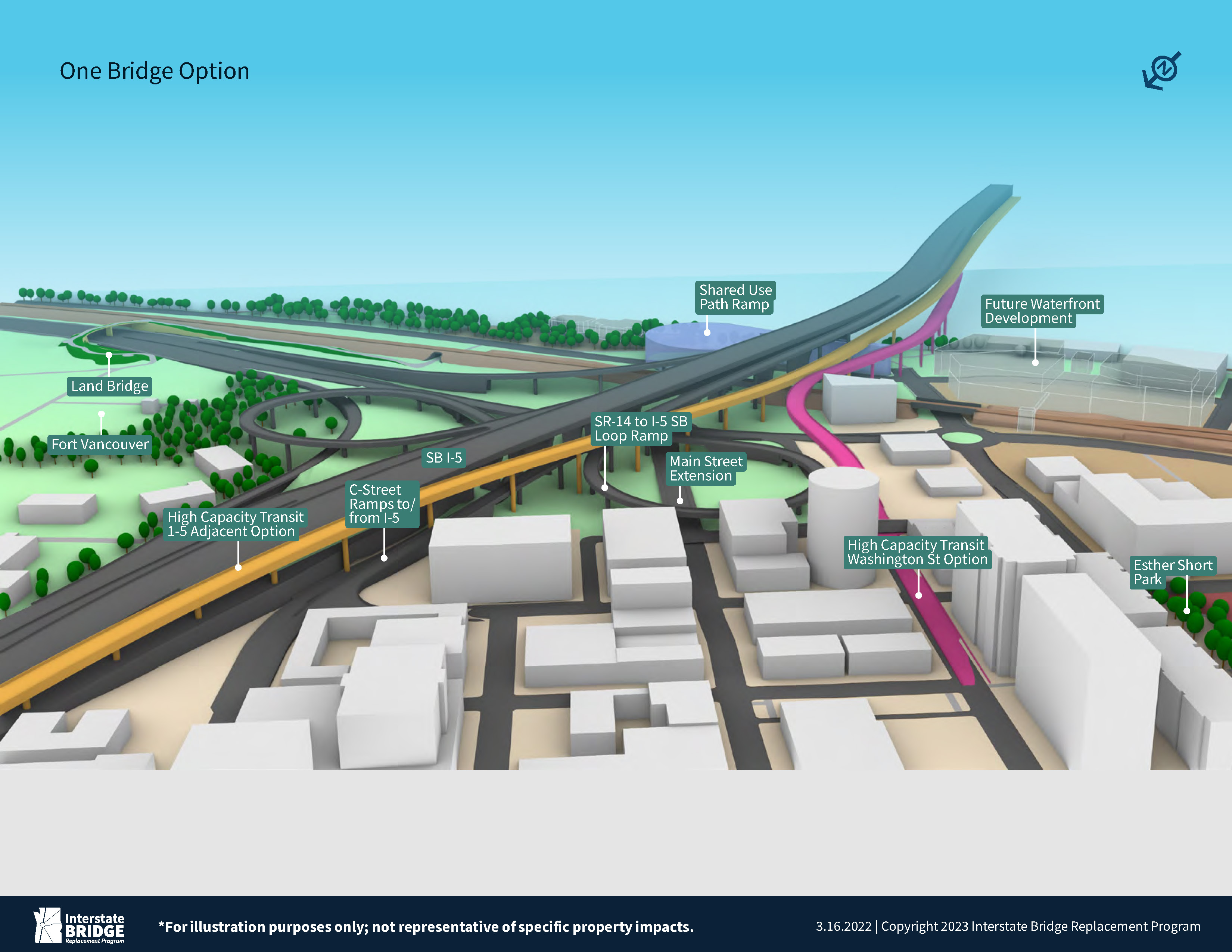
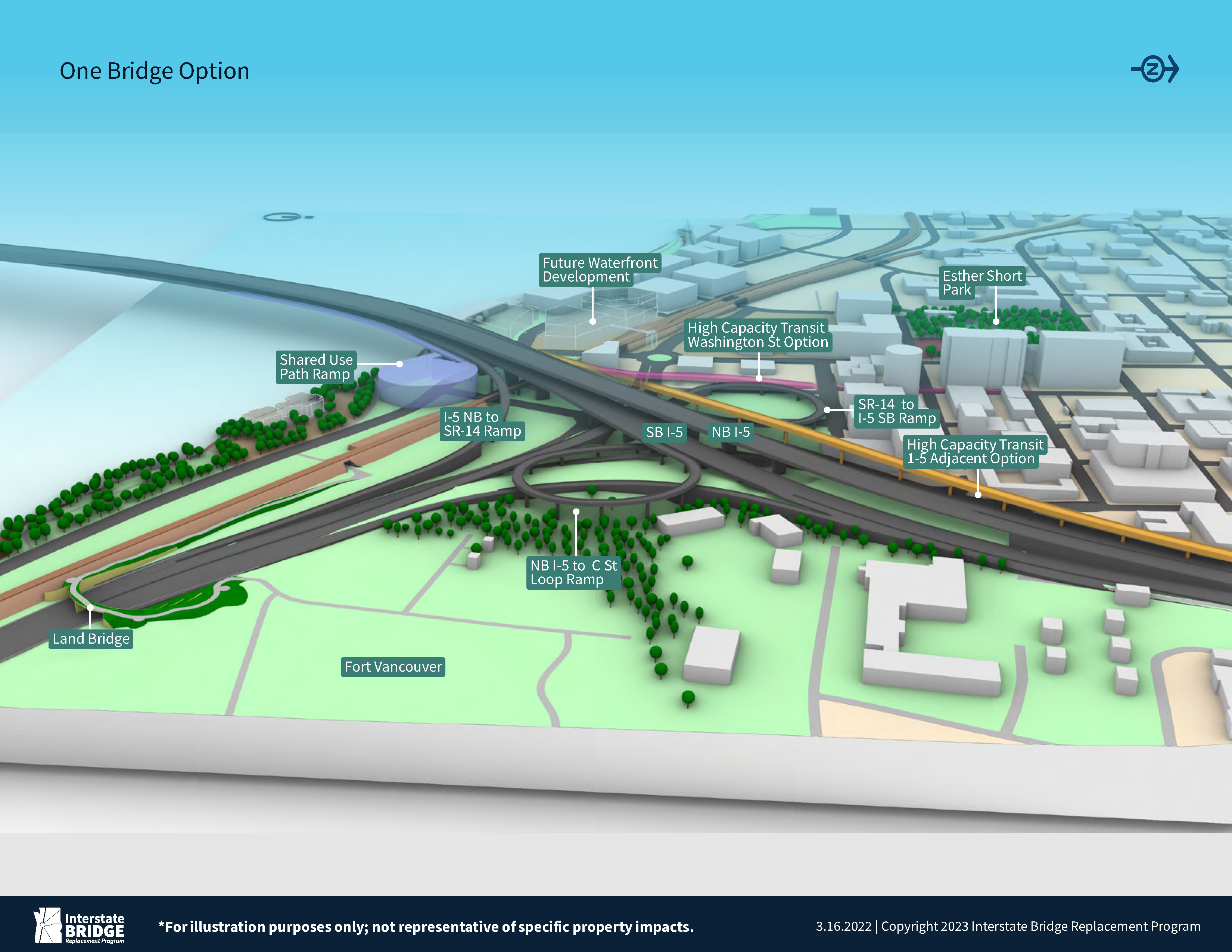
Number of comments received via email, website form, and community engagement survey.